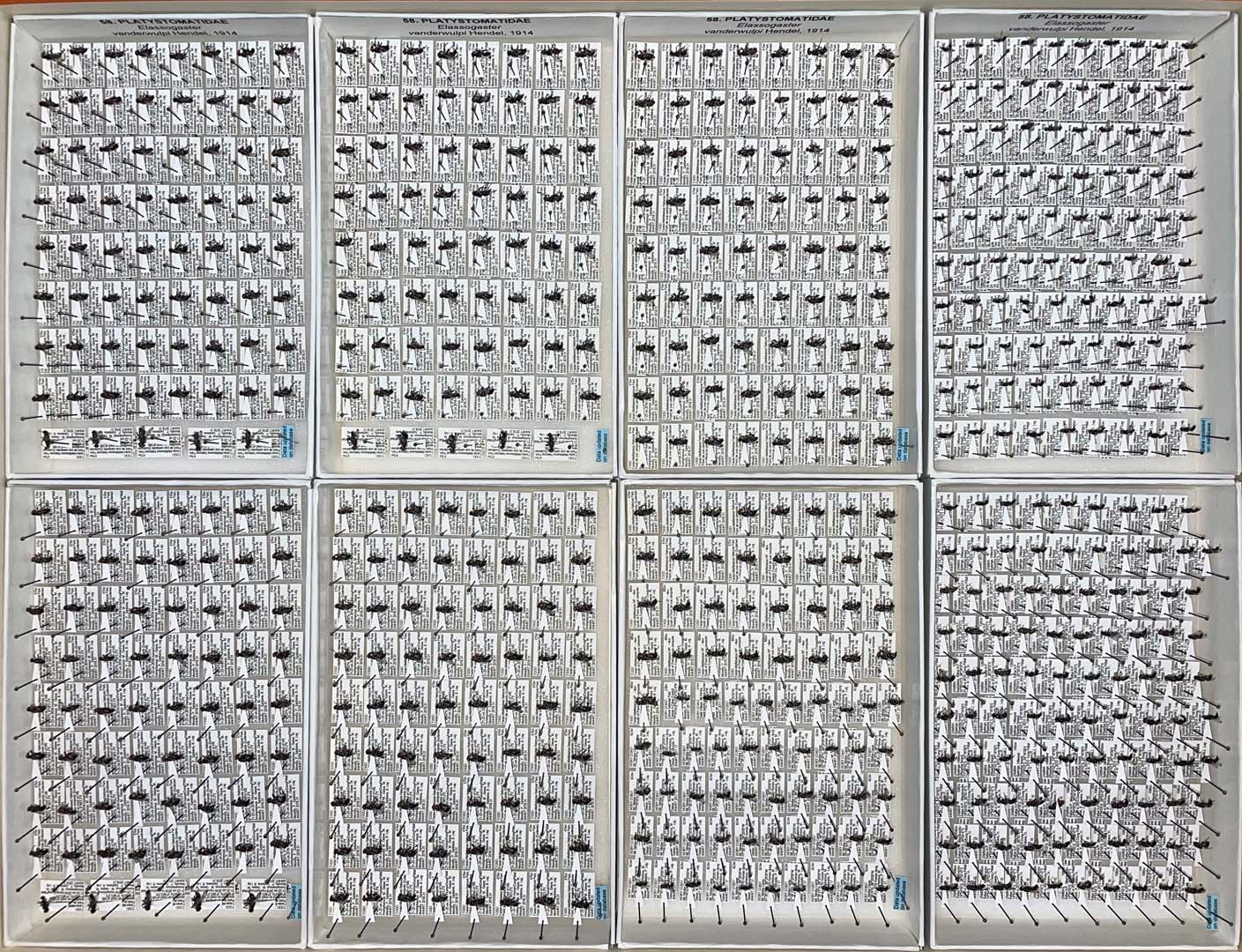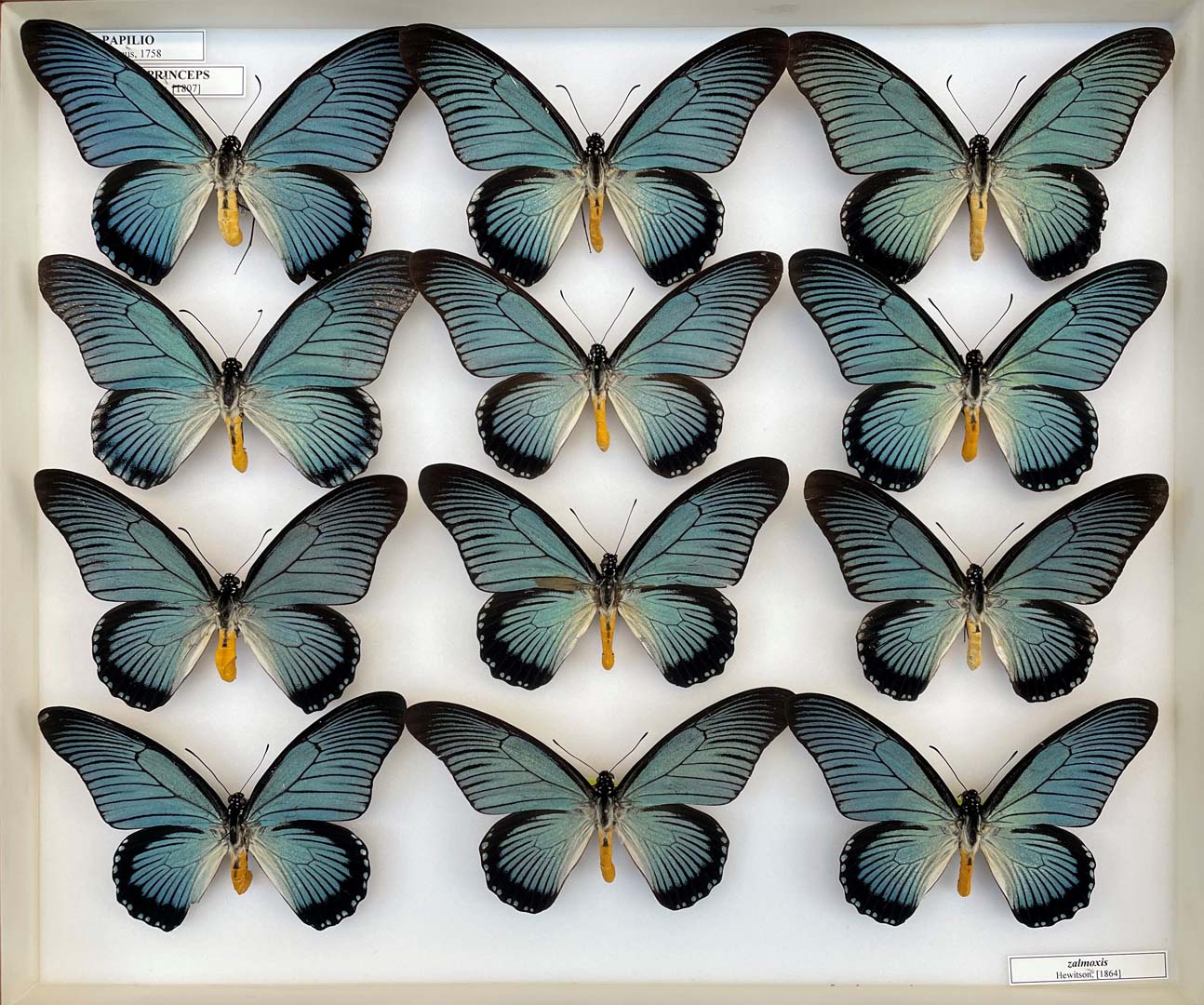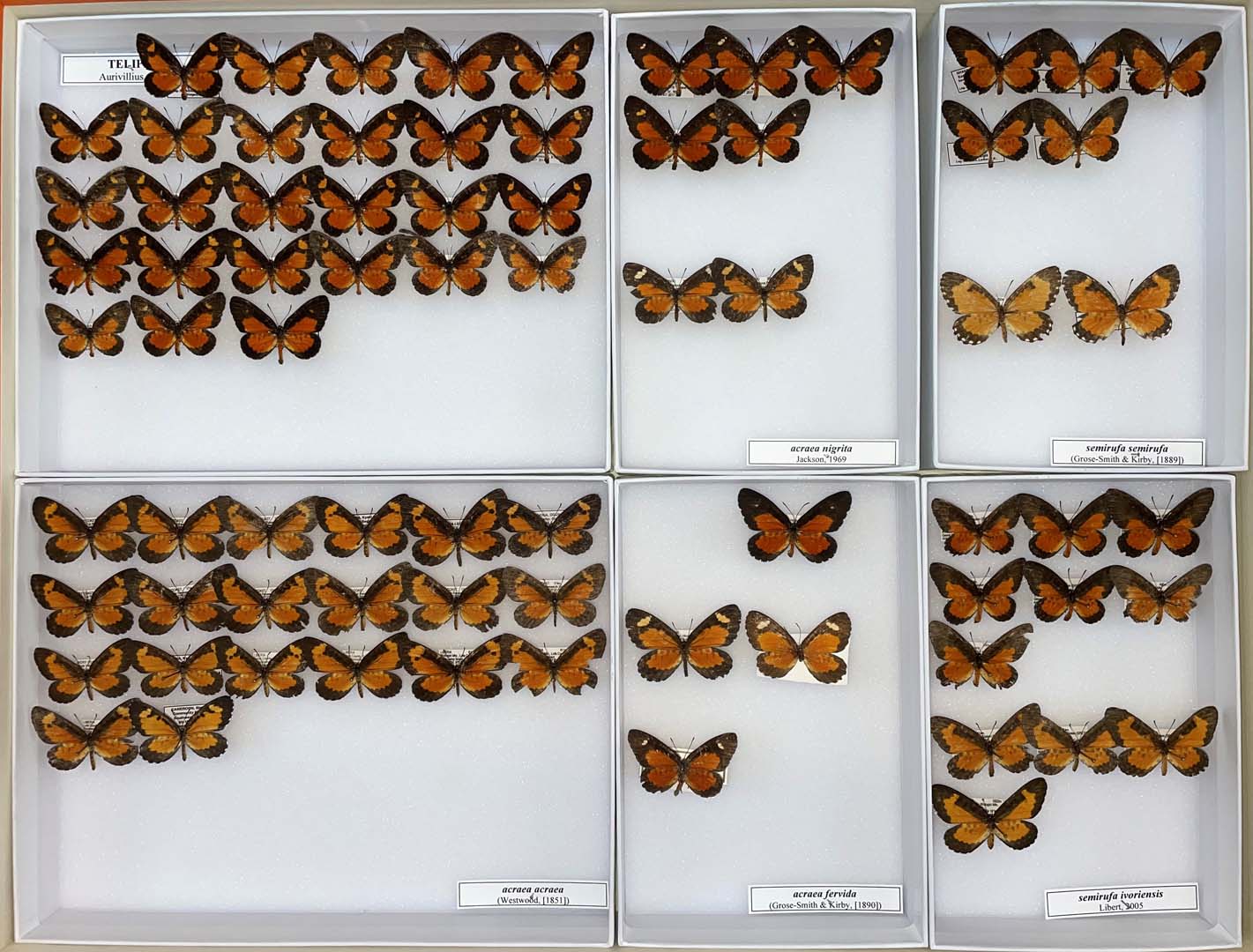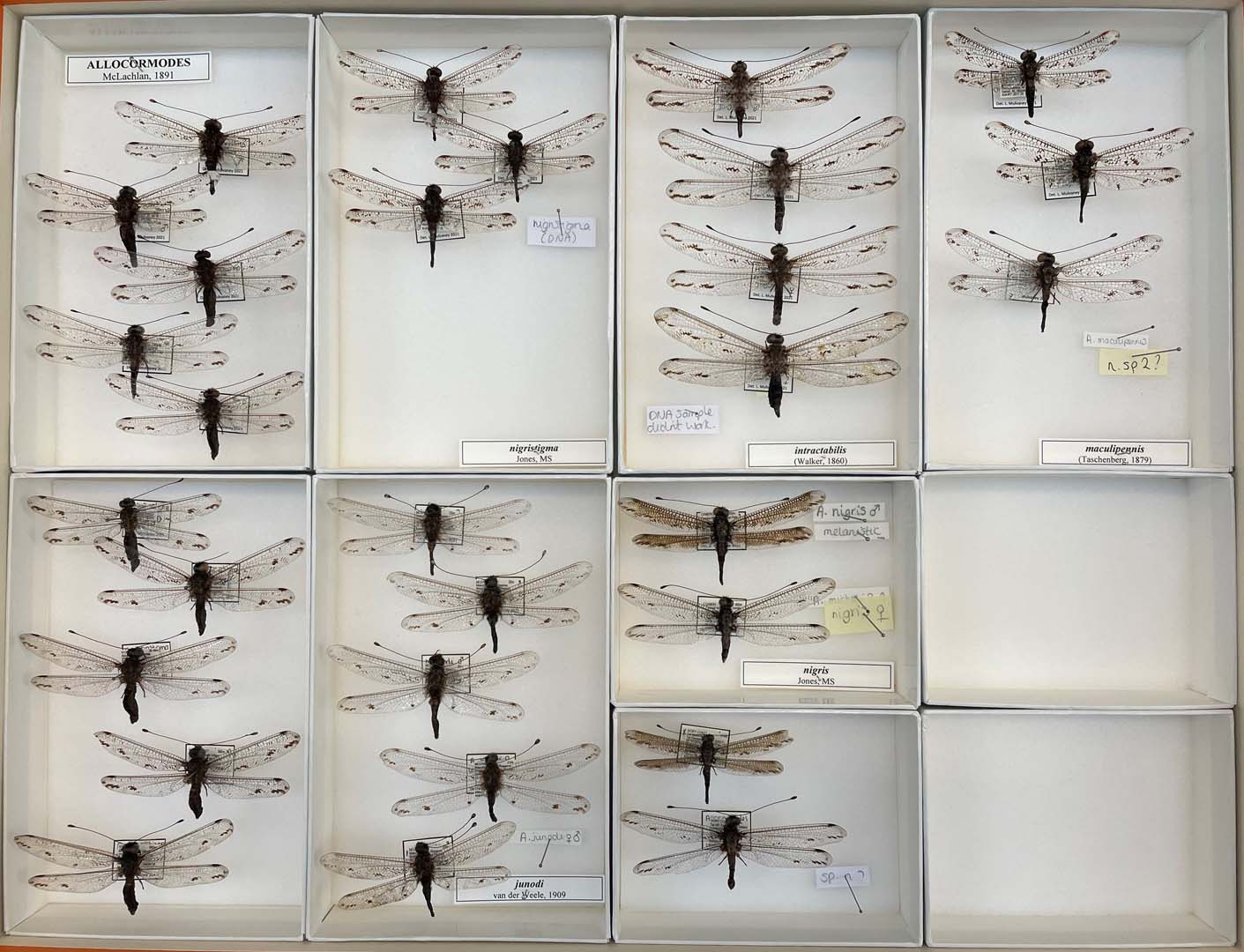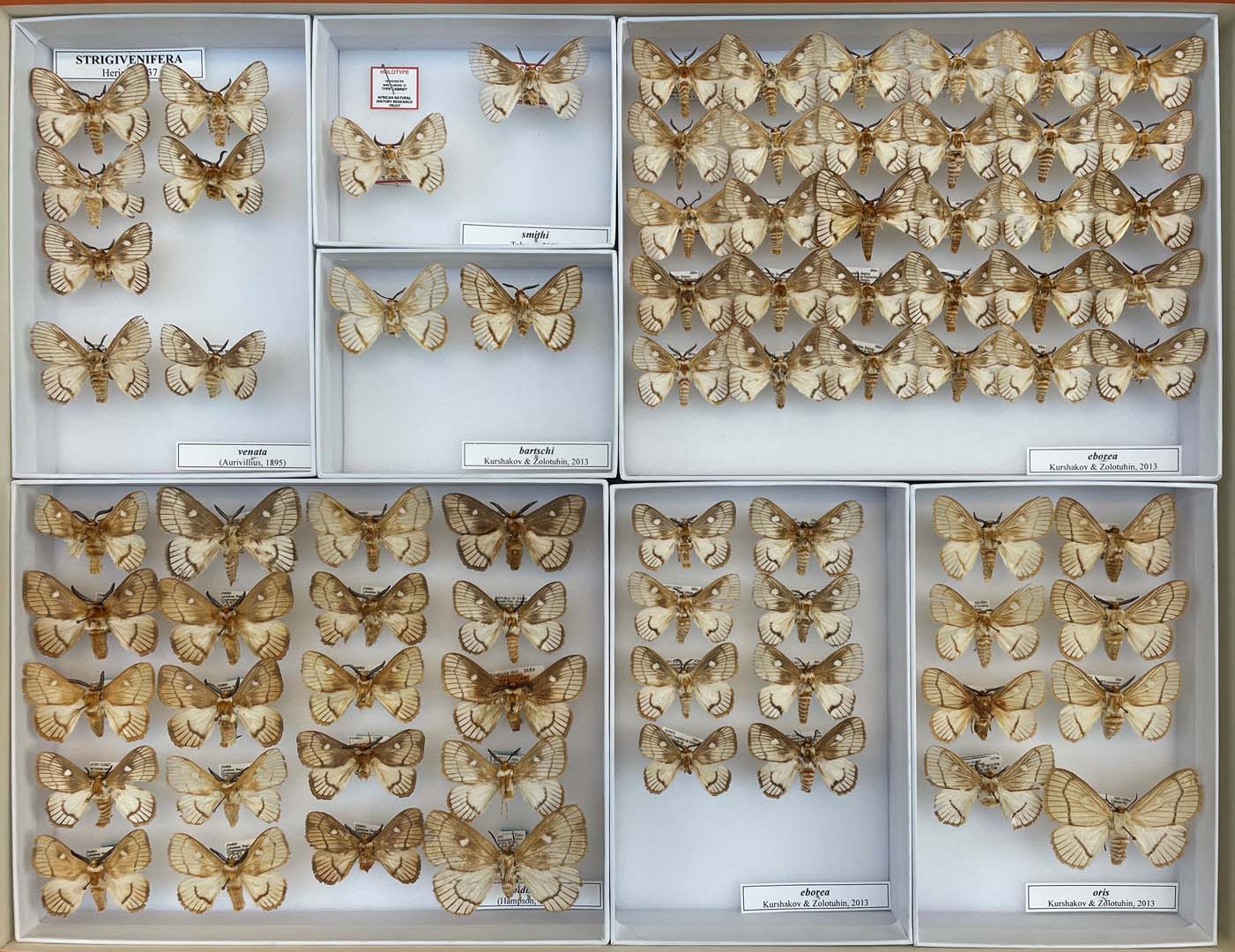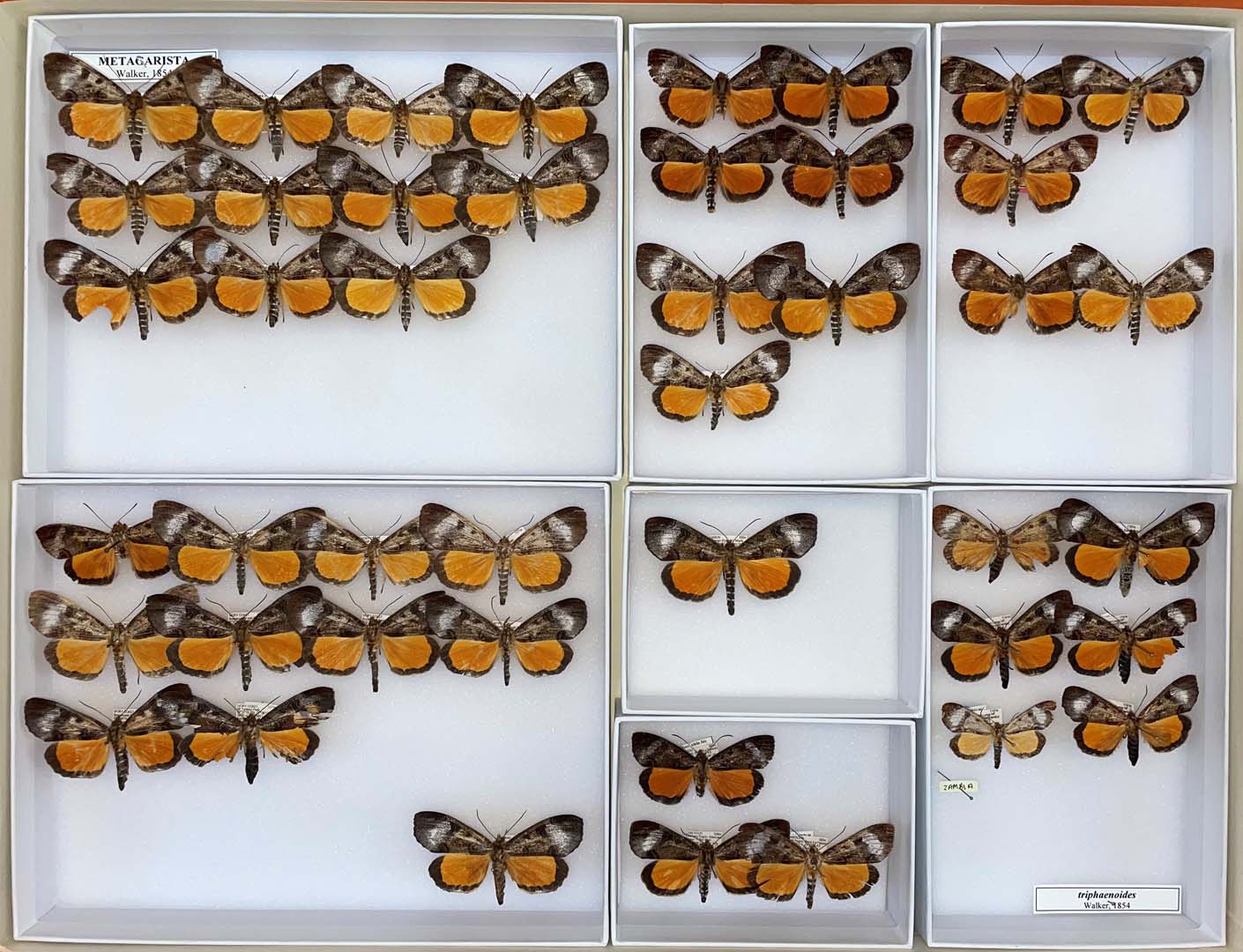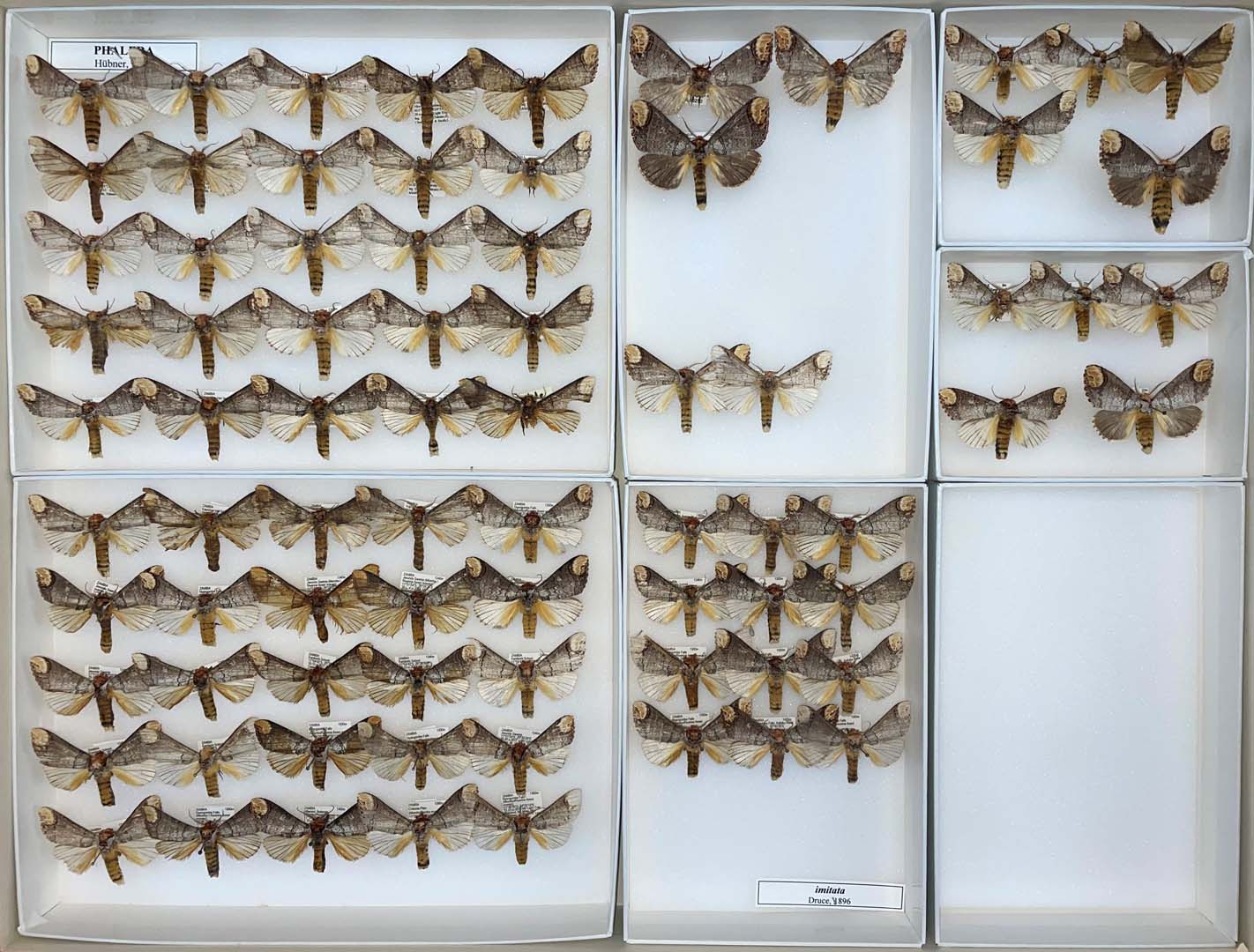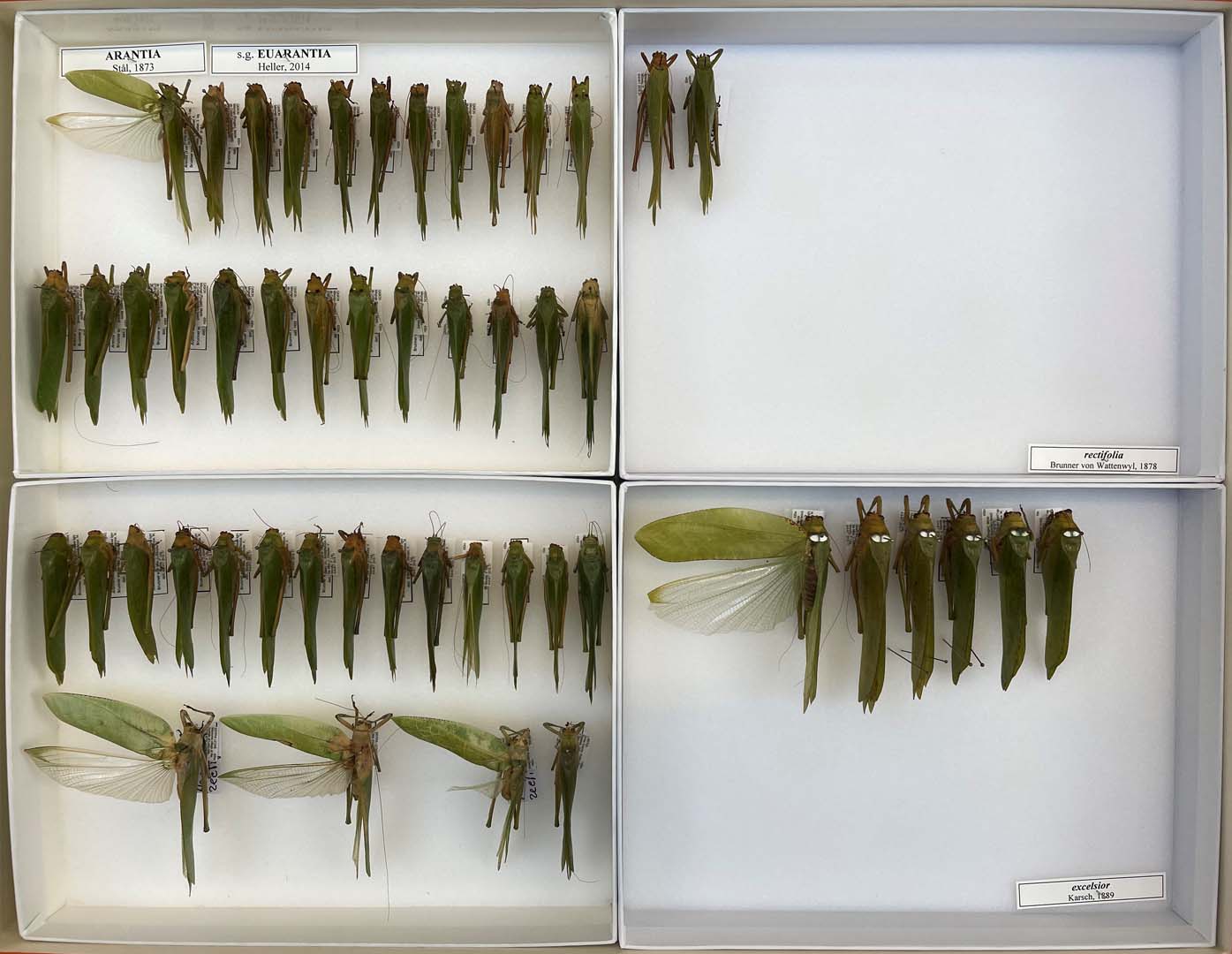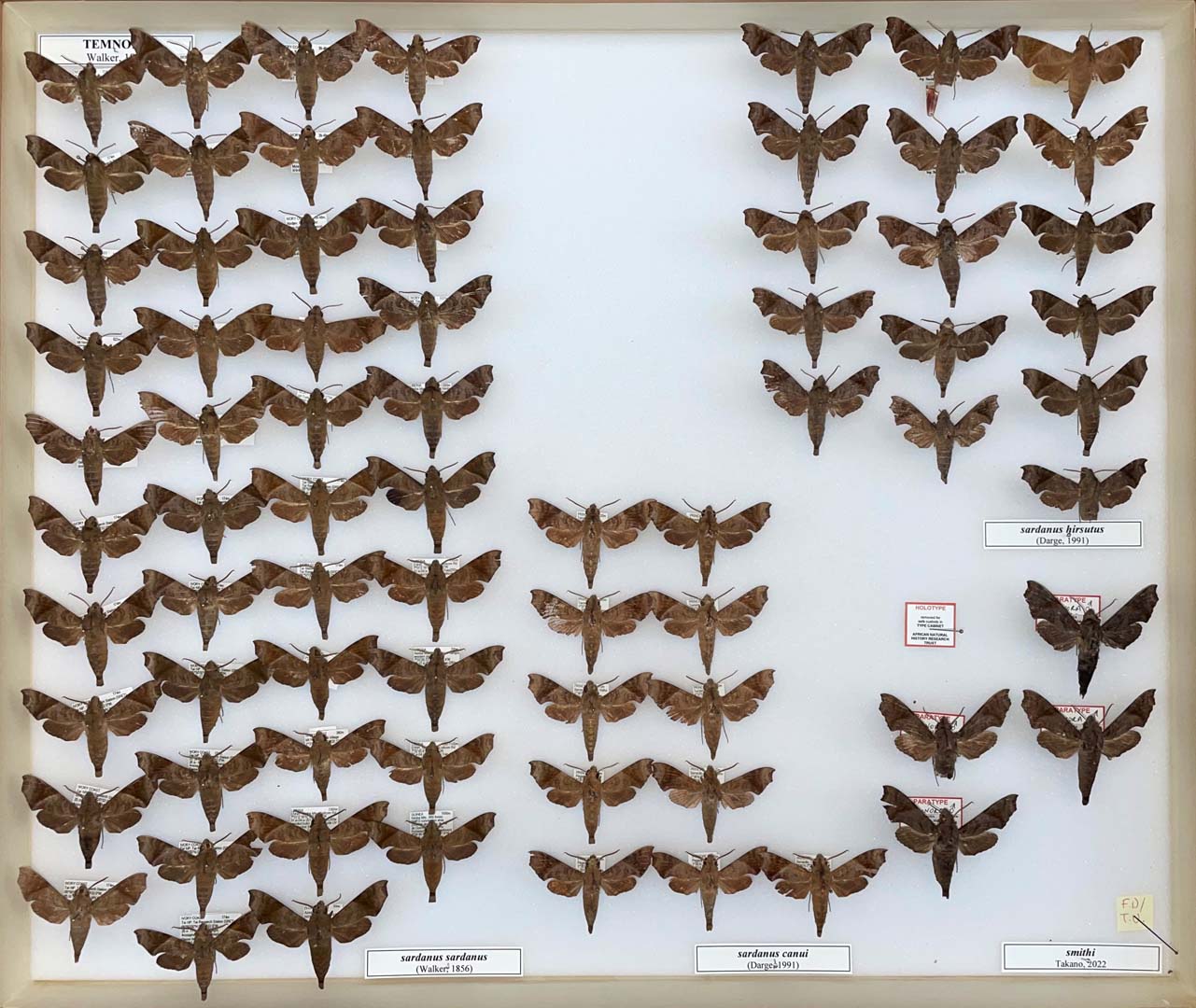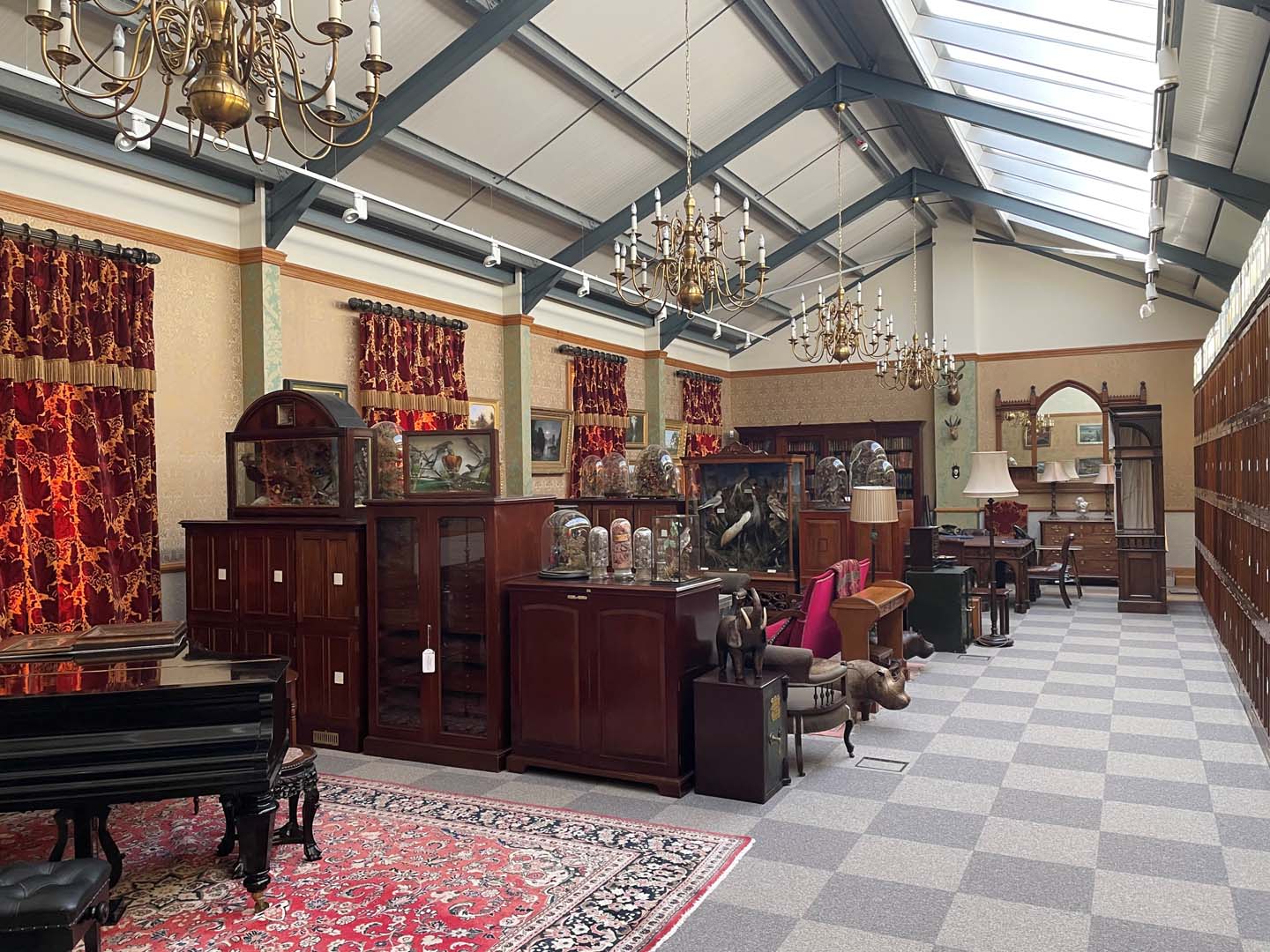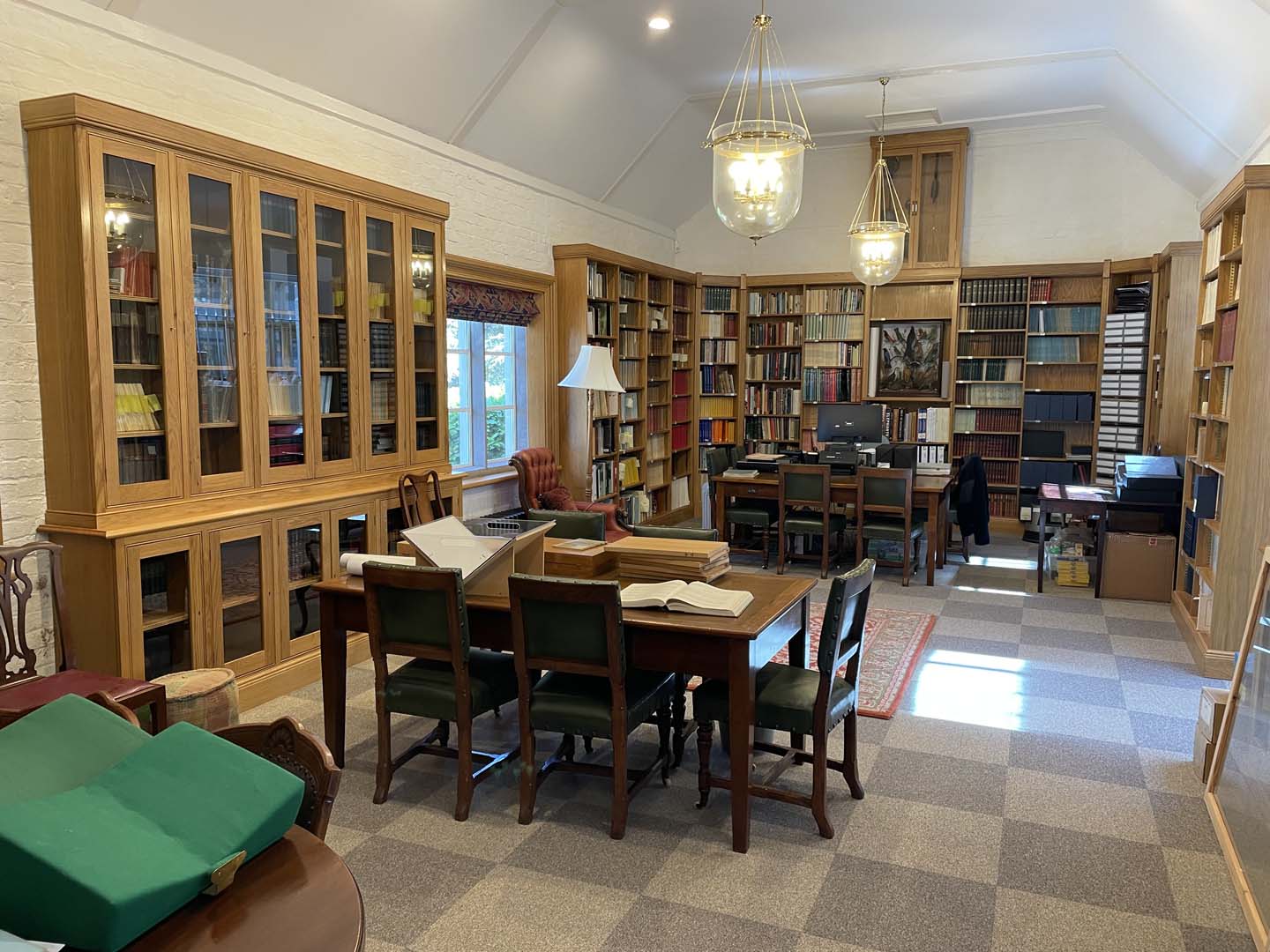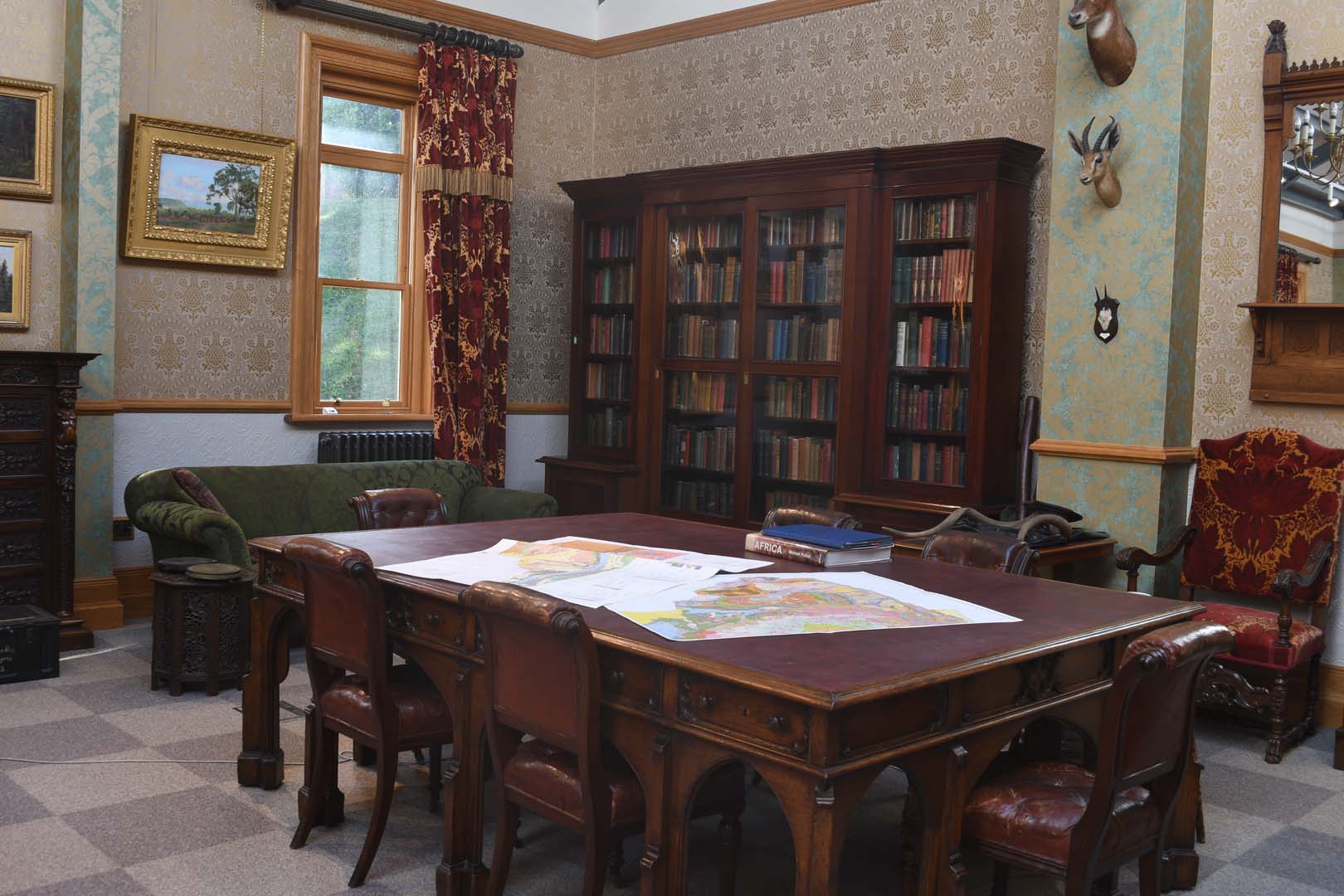The Collections
The climate-controlled building currently houses nearly 500,000 mounted Lepidoptera specimens and roughly double the number of papered specimens. With each new expedition, new material is identified and added to the ever-increasing collections. Whilst we have a primary focus on moths and butterflies (Lepidoptera), we have important collections of other insect orders.
Until they are set, recently collected Lepidoptera, Orthoptera, Mantodea and Hemiptera specimens are stored in glassine envelopes and in sealed Tupperware boxes, while Coleoptera, Hymenoptera and Diptera are preserved in dilute ethanol and stored at -20°C. The correct storage of specimens is particularly important in limiting the degradation of the DNA, the building-blocks of life. Molecular studies are critical in understanding evolutionary relationships and freshly collected material always provides the best results.
The team of specimen preparators are continuously working on setting the specimens so they can be accessed and identified by researchers and specialists. The spreading of the wings often allows many of the diagnostic characters to be displayed and descriptions and identifications have historically been based on set specimens.
All the set specimens are kept in traditional wooden entomology drawers with glass-lids. Butterflies are curated and stored in refurbished J.J. Hill & Son mahogany cabinets which once held the Rothschild-Cockayne-Kettlewell collections in the Natural History Museum, London. The moths and other insect orders are housed in modern compactor units within our climate-controlled collections room. They are stored in sympathetically restored French drawers, once used to hold the famous Charles Oberthür collection. These drawers have been modified to house acid-free unit trays. The unit tray system allows curators to easily organise the continuously growing collection.
African Natural History Research Trust’s state of the art laboratories are bright, clean and climate-controlled. There is ample bench space available for all staff and visiting researchers. Within our laboratory spaces a wide range of specialist equipment is provided for researchers and internal teams to utilise. For dissection of specimens which is often necessary to distinguish between similar or cryptic species, the all essential specialist equipment is available including apparatus to photograph microscope slides.
The collections are maintained by ANHRT’s curatorial team. To identify the specimens, the curators use literature and existing identified collections for reference. However, in the identification process curators rely on the expertise of national and international researchers who are considered specialists of a particular insect group.


